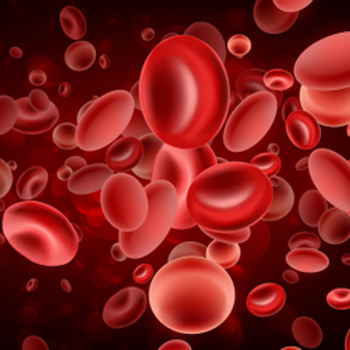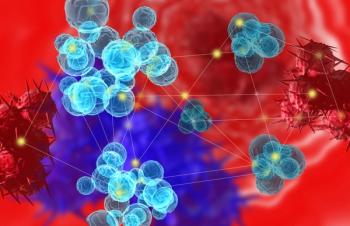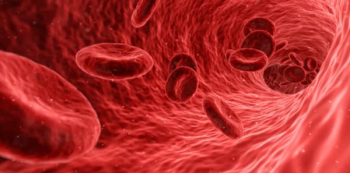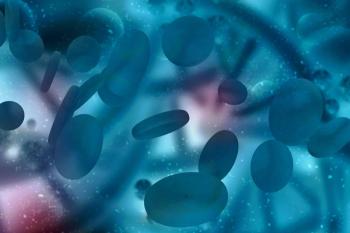
Oncology NEWS International
- Oncology NEWS International Vol 10 No 2
- Volume 10
- Issue 2
G-CSF Might Prolong Rituximab Responses in NHL
AMSTERDAM-Adding granulocyte colony-stimulating factor (G-CSF) to rituximab may improve response duration and increase the proportion of complete responses in patients with relapsed B-cell non-Hodgkin’s lymphoma (NHL). "Although the overall response rate seems comparable to data reported for rituximab monotherapy, the complete response rate is higher, and remission duration in this pilot phase-II study is remarkably long," Lizette E. van der Kolk, MD, reported in a poster presentation. Dr. van der Kolk is a member of the Department of Hematology, Academic Medical Center, Amsterdam, The Netherlands.
AMSTERDAMAdding granulocyte colony-stimulating factor (G-CSF) to rituximab may improve response duration and increase the proportion of complete responses in patients with relapsed B-cell non-Hodgkin’s lymphoma (NHL). "Although the overall response rate seems comparable to data reported for rituximab monotherapy, the complete response rate is higher, and remission duration in this pilot phase-II study is remarkably long," Lizette E. van der Kolk, MD, reported in a poster presentation. Dr. van der Kolk is a member of the Department of Hematology, Academic Medical Center, Amsterdam, The Netherlands.
Rituximab is marketed as Rituxan in the United States and MabThera in Europe.
This study included 20 patients who had relapsed after a maximum of three prior systemic therapies for B-cell NHL. At entry, three patients were stage II, two patients were stage III, and 15 were stage IV.
Patients received a total of four weekly intravenous doses of rituximab (375 mg/m2) in combination with a standard subcutaneous dose of G-CSF (5 µg/kg/d), administered for 3 days, starting 2 days before each rituximab infusion.
Longer Remission Duration
The overall response rate was 42% (8/19; 95% CI, 20%-67%). Five patients (26%) achieved complete remissions (CR) and three patients (16%) achieved partial remissions (PR). (See Table 1.) One patient was not evaluable.
The median duration of response had not been determined at a median follow-up of 23 months, but ranged from 4 to more than 25 months. (See Table 2.) Only one patient who achieved a CR showed progressive disease (after 18 months). The other 4 patients are still in CR for 13+, 24+, 25+, and 25+ months. "In four fifths of patients who achieved a CR, remission duration was already considerably longer than achieved on last previous chemotherapy," Dr. van der Kolk said.
The researchers think that rituximab may act through complement-dependent and antibody-dependent cellular cytotoxicity (ADCC). G-CSF enhances the cytotoxicity of neutrophils in ADCC, and the goal of testing this combination was to increase the clinical efficacy of rituximab by the addition of G-CSF.
Adverse events occurred almost exclusively during the first rituximab infusion and mainly consisted of grade 1-2 fever, chills, and allergic reactions. Toxicity was comparable to that reported for rituximab monotherapy.
Articles in this issue
almost 25 years ago
Activated T Cells Can Alter Behavior of Leukemic B Cellsalmost 25 years ago
Response Continues for at Least 8 Months with Ibritumomab Tiuxetanalmost 25 years ago
Synthetic Anthracycline Produces High Response Rates in SCLCalmost 25 years ago
Ibritumomab Tiuxetan Produces 73% Response Rate in B-cell NHLalmost 25 years ago
Use of CAD Increases the Early Detection of Breast Cancer by 20%almost 25 years ago
Rituximab Plus Fludarabine May Be Good Alternative to Rituximab Plus CHOPalmost 25 years ago
Student Cigarette Smoking Falls SignificantlyNewsletter
Stay up to date on recent advances in the multidisciplinary approach to cancer.

















































































